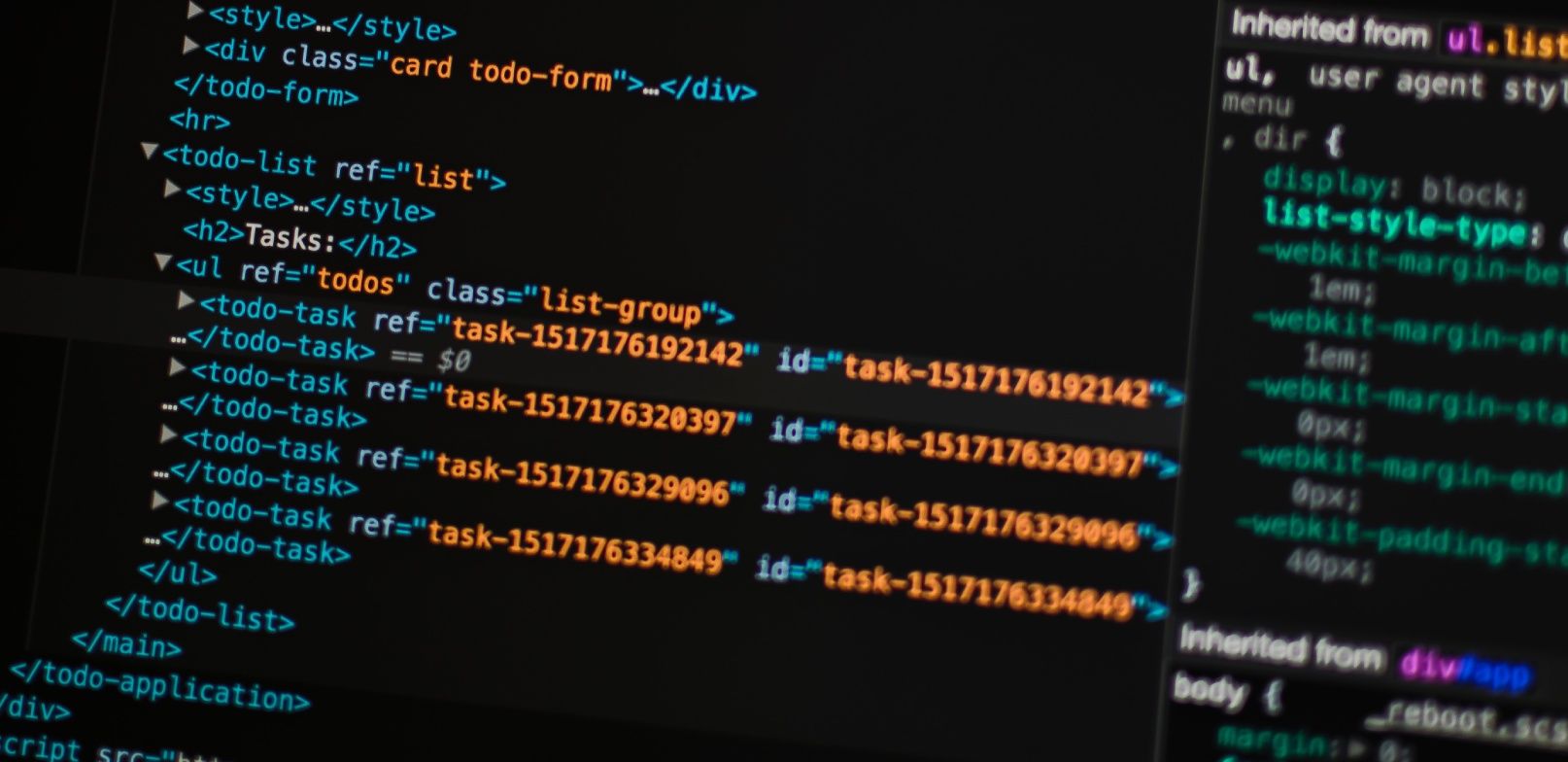
Programming languages have enabled us to create solutions for problems in every imaginable industry. However, traditional languages like Java, Python, and C++ have been around for years and have their limitations.
Little languages are more concise, expressive, and easier to use for certain tasks. Also known as domain-specific languages (DSLs), little languages are specialized programming languages that are designed for specific use cases or domains.
The Benefits of Little Languages
Little languages offer several benefits over general-purpose languages. They are designed to solve specific problems within a particular industry or domain and provide a more efficient and effective way to create solutions.
Here are some of the benefits of little languages.
1. Increased Productivity
One of the major benefits of little languages is that they can significantly increase productivity. Because they are designed for specific use cases, they provide a simpler and more intuitive way to create solutions.
This can reduce the time and resources required to develop software, as well as improve the quality of the end product. Let’s say you want to create a webpage that displays a list of your favorite books with HTML, you can use a simple syntax to structure the content of your webpage.
Here’s an example:
<!DOCTYPE html>
<html>
<head>
<title>My Favorite Books</title>
</head>
<body>
<h1>My Favorite Books</h1> <ul>
<li>The Fallen walls by Adam Scriver</li>
<li>Joy Forever by Gladys Swert</li>
<li>Rising Sons by David Sky</li>
</ul>
</body>
</html>
2. Improved Accuracy
Little languages can also improve the accuracy of software solutions. Because they are designed for specific use cases, they provide a more precise and concise way to create solutions.
This can reduce the risk of errors and improve the quality of the end product. For example, imagine you have a database that stores information about your customers. You can use SQL to retrieve specific information about your customers:
SELECT first_name, last_name, email
FROM customers
WHERE state = 'CA'
3. Simplified Maintenance
Little languages can also simplify maintenance and updates of software solutions. Because they are designed for specific use cases, they provide a clear and concise way to understand and modify the code. This can reduce the complexity of software solutions and make them easier to maintain over time.
In the field of web development, CSS is a domain-specific language used for styling web pages. CSS provides a simple and intuitive way to modify the appearance of a web page, making it easier to maintain and update over time.
pre
background-color:
border: 1px solid
border-radius: 3px;
font-family: monospace;
padding: 10px;
code
color:
font-weight: bold;
Little Languages in Industry
Little languages like HTML, SQL, and regular expressions are critical components of many software systems in a wide range of industries. Their simple syntax and powerful capabilities make them indispensable tools for developers, data analysts, and other professionals.
Because they are designed to solve specific problems within a particular industry or domain they provide a more efficient and effective way to create solutions.
HyperText Markup Language (HTML) in Web Development
HTML is a domain-specific language used to create web pages. It was designed to be used by a wide general audience, including non-technical users because it is easy to learn HTML.
This makes it very forgiving, as mistakes are often easy to fix and errors don’t necessarily stop a webpage from rendering. HTML provides a simple and intuitive way to structure and display content on a webpage, including text, images, and multimedia.
Its syntax is easy to learn and understand, and it is often used in conjunction with other web technologies like CSS and JavaScript. HTML is the backbone of web development and is used to create virtually all web pages on the internet.
Web developers use HTML to create the structure and layout of web pages, while using CSS to add styling and JavaScript to add interactivity. HTML is also used in conjunction with server-side languages like PHP and Python to create dynamic web applications.
Structured Query Language (SQL) in Data Analytics
SQL is a domain-specific language used for managing and manipulating data stored in relational databases. It is designed to be a standard language for all relational databases, allowing users to interact with data stored in different systems using the same language.
SQL provides a simple and efficient way to retrieve and manipulate data in a database, including querying, updating, and deleting records. Its syntax is optimized for querying data, making it faster and more efficient than general-purpose programming languages like Python or Java.
SQL is a critical tool for managing and analyzing large datasets. It is used to retrieve and manipulate data stored in relational databases, allowing data analysts and scientists to gain insights into the data.
SQL is used in a wide range of applications, from simple reporting tools to complex machine-learning models. SQL is also used extensively in the finance industry, where it is used for everything from simple reporting to complex risk management models.
Investment banks use SQL to analyze large datasets to identify trading opportunities, while credit card companies use SQL to detect fraudulent transactions.
RegEx in Information Security
RegEx—regular expressions—is a domain-specific language used for pattern matching and searching within text. It provides a powerful and flexible way to search for specific patterns of text, including words, phrases, and even complex patterns.
RegEx is used in many different applications, including text editors, search engines, and data analysis tools.
RegEx is a powerful tool for searching and manipulating text and is often used in information security applications. You can use RegEx to validate form data submitted over the web.
RegEx can also be used to search for specific patterns in log files or network traffic, allowing security analysts to identify potential security threats. RegEx is also used in intrusion detection systems to search for patterns of suspicious activity.
The Future of Programming With Little Languages
As technology continues to evolve, the use of little languages is becoming increasingly prevalent in the world of programming. With their simple syntax and powerful capabilities, little languages like HTML, SQL, and RegEx are changing the way we approach software development.
With their focused syntax and limited scope, little languages are often easier to learn and use than full-fledged programming languages. This means that more people can become involved in software development, from web developers to data analysts.
The future of programming is looking increasingly bright thanks to little languages. As software continues to play an increasingly important role in our lives, little languages will play an increasingly important role in making software more accessible, efficient, and effective.
The Next Step in Programming Evolution
Little languages are powerful tools that can make programming more accessible, efficient, and effective. From web development to data analytics, little languages like HTML, SQL, and RegEx are used extensively in many industries, and their importance is only set to grow in the future.
While full-fledged programming languages will always have their place in software development, little languages offer a valuable alternative that can help to solve specific problems more efficiently. As technology continues to evolve, we will likely see more little languages emerging to meet the needs of developers in new and emerging fields.












